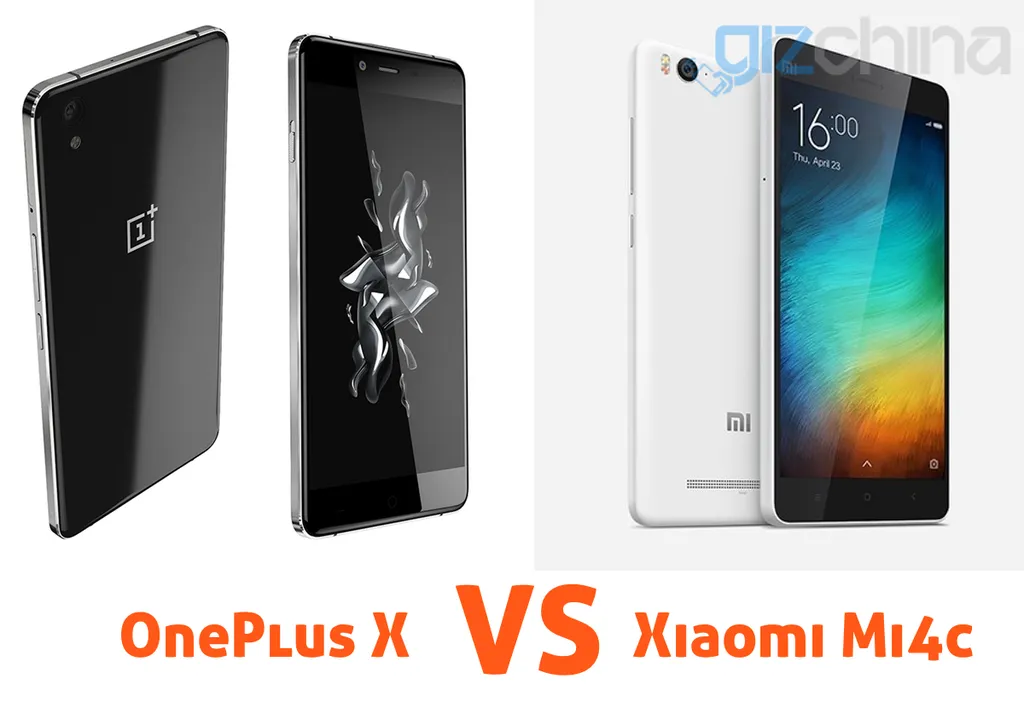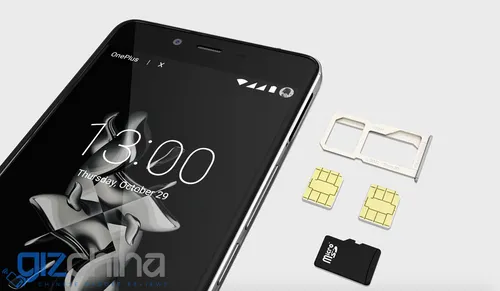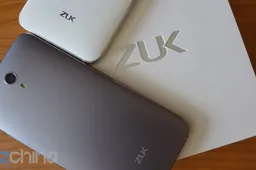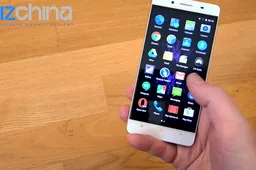OnePlus X vs Xiaomi Mi 4c: Mid-range flagships battle it out
Xiaomi NewsFriday, 30 October 2015 at 11:51

OnePlus, for the longest time, talked specifications and raw grunt. For the first time yesterday, OnePlus gave up the 'flagship killer' motto and dished out a device that seems to concentrate on design instead of benchmark capability, in the new OnePlus X. Sure, it doesn't have the newest CPU around, but 5-inch phone users don't have much to choose from anyway.
The Xiaomi Mi 4c, on the other hand, has been around for a while now. The Mi 4c is what Xiaomi wanted the Mi 4i to be, and what the Mi 4i could not be.
A newer processor (plus some new-gen tech) added to the stellar build and form that was the Mi 4i make the Mi 4c a device that commands a position on every probable list of sub-$300 phones.
OnePlus X vs Xiaomi Mi 4c
We're yet to get our hands on the OnePlus X, but from what we can tell, the phone is a beauty to behold. The glass plus metal/ceramic combo seems to work as advertised... while on the other hand, the Mi 4c keep chipping away with its smooth yet grippy polycarbonate back that everyone seems to love.
Let's see how the phones fare against each other with a very objective view of the specs on offer versus the price.
OnePlus X

We've kind of grown used to OnePlus' hype that has been accompanying each of its launches, right from the OnePlus One to the Silver Bullet earphones. The OnePlus X, however, told a different story. The phone is about subtlety and about doing what you do best, instead of trying to do all things at once.
The OnePlus X is a phone that power users will want to own... power users that care for design. One might argue that the OnePlus X is a 2015 version of the OnePlus One; in that case, I'd like you to know that the OnePlus X has a very specific market which most likely doesn't include you. It's for people who are looking for an affordable alternative to some phone that are usually sold with a contract.
In all, the OnePlus X is a device that targets a very niche market which makes it interesting to see how it fares.
Xiaomi Mi 4c

READ: Xiaomi Mi 4c review
Xiaomi seemed to have lost their way around the middle of this year. The Mi 4i was a disappointment for most, and the Redmi Note 2 promised a tad more than it delivered. Nonetheless, the Mi 4c showed that Xiaomi still had it in them to dish out a phone that isn't just good looking, but also worth every penny its sold for.
The Mi 4c isn't the most powerful phone on the planet (which actually makes it a very close competitor to the OnePlus X), and it also has only a 5-inch screen... which again means that the Xiaomi Mi 4c, like the OnePlus X, isn't a phone that is for the masses but rather, a specific section of the market.
The time that Xiaomi bought between the Mi 4i launch and the Mi 4c announcement meant that a few goodies like a new processor, SideTouch, etc., could be added to the Mi 4c while maintaining an affordable price tag.
[su_button url="http://shop.gizchina.com/mi4c/xiaomi-mi-4c-3gb-ram-32gb-rom-white-531.html" target="blank" style="flat" background="#69a0fa" size="8" center="yes" radius="5" rel="nofollow"]Xiaomi Mi4c available on Shop.GizChina.com[/su_button]
OnePlus X vs Xiaomi Mi 4c: Specifications
[table id=213 /]
OnePlus X vs Xiaomi Mi 4c: Conclusion
It's actually very difficult to choose among the two phones; while we started this comparison as an objective one, the choice made will have to be highly subjective.
The Snapdragon 801 is one of the best SoCs to have come out in the recent past, but the Snapdragon 808 is slightly more adventurous, in the sense that newer tech has been put into it, which means you get more out of less.
The Mi 4c will, in most cases, outshine the OnePlus X with its battery, and probably even the camera; but the OnePlus X is a newer device which will run a near-stock version of Android, which will give it the speed the Mi 4c probably won't ever offer. Xiaomi listen to their users, but that also means that the user is a beta tester. On the other hand, OnePlus ROMs are usually more polished when they do come out.
It comes down to features (Mi 4c) vs robustness (OnePlus X). The choice is yours to make!
Popular News
Latest News
Loading

